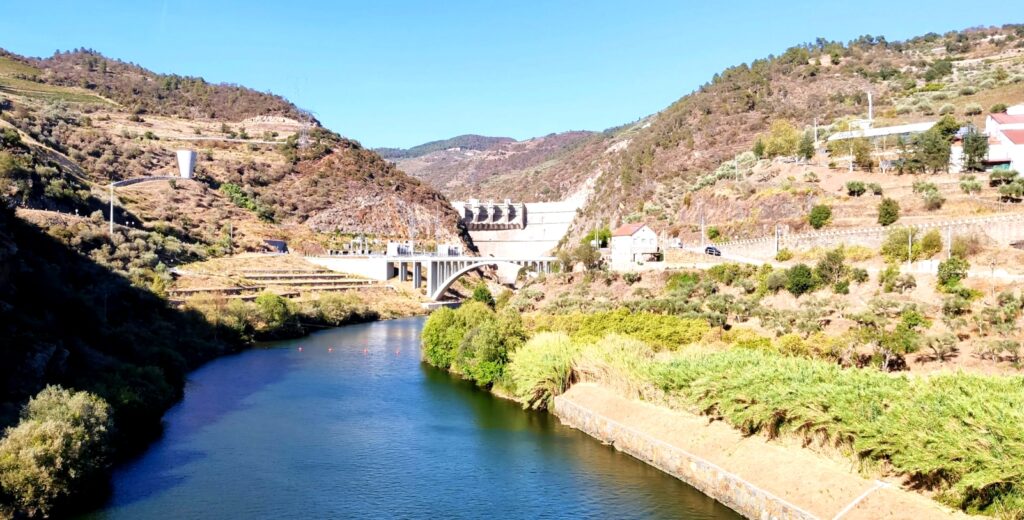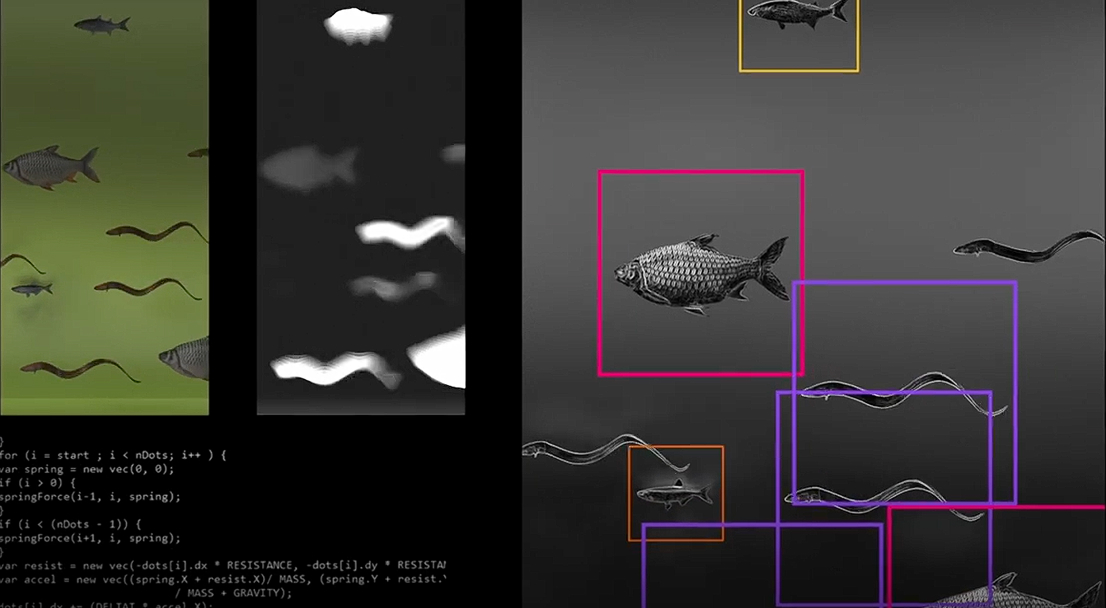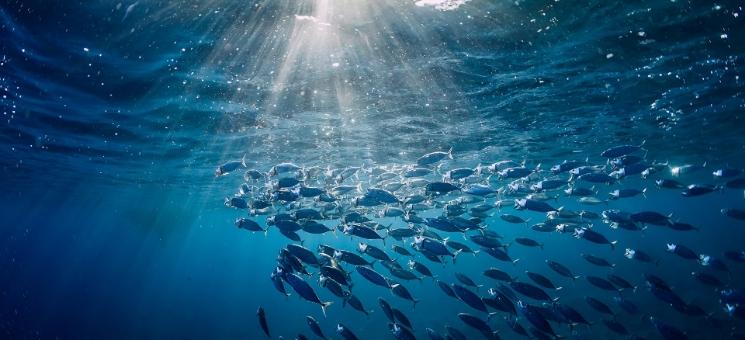October 1st, 2025
4 min read
Dams are essential to Portugal’s shift toward renewable energy. They produce clean hydro power while preserving ecosystems. But dams can also affect the fish living in the rivers. That’s why Portuguese electrics utility company EDP, S.A. (EDP) has built fishways, or “fish elevators,” into its largest dams, allowing the fish to travel upstream and downstream safely.
There is, however, a challenge: Monitoring and counting the fish is critical to know when to run the fishways. And it’s not an easy task, especially in murky waters that contain a multitude of fish species, algae, driftwood, and other detritus.
So EDP turned to NTT DATA Europe & Latam (NTT DATA) to help it develop an AI-driven computer vision model that can automatically analyze footage from dam cameras in the fishways, identifying and classifying fish species.
It’s an AI-powered computer vision solution that is transforming aquatic ecosystem monitoring at dams.

More broadly, FishNet Vision also demonstrates how AI can drive operational efficiency and innovation towards sustainability goals – and how cross-functional collaboration between IT, environmental science, and business units can deliver outcomes with big impact. When digital transformation initiatives such as this line up with ESG (environment, social, and governance) goals, technology becomes a catalyst for responsible strategic growth.
What are fishways and why do they matter?
Fishways – also known as fish elevators – are crucial because they allow fish to reach their natural spawning grounds even if dams are in the way, and they promote genetic diversity by connecting fish populations.
Monitoring fish in fishways is not only useful but is required by law. That means fish elevators support legal and regulatory compliance, in addition to fish population monitoring for conservation efforts, and scientific research on biodiversity and food web dynamics.
But counting fish is not easy, for either humans or AI models. Challenges of using underwater cameras to view and monitor fish include:
-
Algae on windows and in the background, obscuring images.
-
Uneven illuminator positioning and coverage.
-
Water varying from clear to murky.
In the case of EDP, the dams they are monitoring are also quite different, including differing watercolors, camera settings, illumination, fish shadows, fish behavior (for example, some are bottom swimmers and others are hunters), species distributions, and rare fish. Biologists are also challenged by the fact that individual fish within the same species can look different – and fish of different species can look the same.
As a result, videos captured in the rivers can often be unclear, making it hard to identify fish types or, in some cases, even to differentiate between eels and tree branches.
How FishNet Vision works
To develop the FishNet Vision solution, NTT DATA converted EDP’s dam footage videos into a comprehensive data set, laying the groundwork for a deep learning detection model that could accurately recognize and track fish movements.
The team chose around 50,000 from more than 1.2 million frames of video to train the deep learning models. The comprehensive dataset was created in record time using NTT’s advanced labeling platform that uses AI to help human labelers work effectively.
NTT DATA used cloud infrastructure to train this data, supported by Google’s Vertex AI platform. The goal was for the model to be able to detect and classify multiple fish species, track movement direction, and distinguish fish from other objects like driftwood.
Benefits of FishNet Vision
FishNet Vision is an example of how AI can be applied to environmental monitoring with tangible business impact. Automating the analysis of underwater footage from fishways at dams significantly reduces the time and cost required for manual review by helping biologists focus on the most important parts of the video – the sections where fish are passing in front of the camera.
This, in turn, enables biologists to focus on high-value work, while providing EDP with accurate, scalable data to support its sustainability and regulatory compliance goals. Without AI, biologists would continue to rely on manual review of underwater footage, a process that is time-intensive and prone to error. Approximately 40 percent of the videos contain no fish at all, which in the past led to a lot of wasted effort.
The AI model filters out irrelevant footage and ensures accurate species identification. This is critical for monitoring migration patterns and maintaining biodiversity. Without it, conservation efforts would be less efficient and potentially less effective in protecting fish populations.

The role of AI in ecological conservation and planning
FishNet Vision demonstrates how AI can transform ecological monitoring in hydro power and beyond. The project’s core technologies, including video analytics, pattern recognition, and automation, apply directly to industries facing similar challenges in monitoring, compliance, or asset performance.
By analyzing real-time footage of aquatic ecosystems, the AI generates data that enhances planning and decision-making. It enables precise, continuous monitoring of species behavior, population changes, and environmental health. Planners can use this data to assess the impact of infrastructure projects and optimize operations to reduce ecological disruption.
The same data can support restoration efforts by identifying ecological stress points and tracking progress over time. Scientists can also use the outputs to deepen research on freshwater biodiversity and ecosystem dynamics.
Beyond hydro power, this approach has the potential to support other infrastructure projects where environmental factors carry risk and public scrutiny. Ports, dams, and water treatment plants all face growing pressure to operate sustainably. FishNet Vision shows how AI can support both regulatory compliance and long-term ecological value.
Solving complex challenges with AI
FishNet Vision delivers a clear model for using technology to meet environmental demands. It drives awareness of aquatic biodiversity and strengthens species conservation with real-time, actionable insights.
This also offers a blueprint for integrating AI and cloud-based object detection into enterprise systems. FishNet Vision shows how to combine scalable infrastructure, advanced data processing, and machine learning to solve operational challenges and deliver measurable productivity gains.





